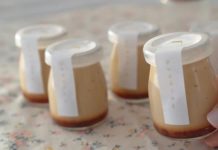When cooking dishes like bone broth or boiling meats, seafood, or grinding and pressing vegetables, foam may rise to the surface. It is important to distinguish between foams that are impurities and need to be removed and foams that are beneficial nutrients for health and should be retained.
Table of Contents
2 foams to be removed
1. The first foam appears when boiling bones or meat
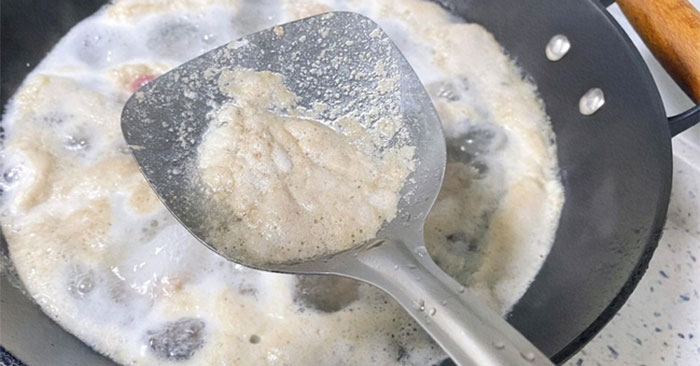
The first foam that appears in bone broth or meat broth is formed from excess blood, sediment, and protein in the meat when broken down at high temperatures. This foam gives the dish a fishy smell, unpleasant taste, and makes the broth cloudy, so it should be removed.
2. Foam when boiling shrimp
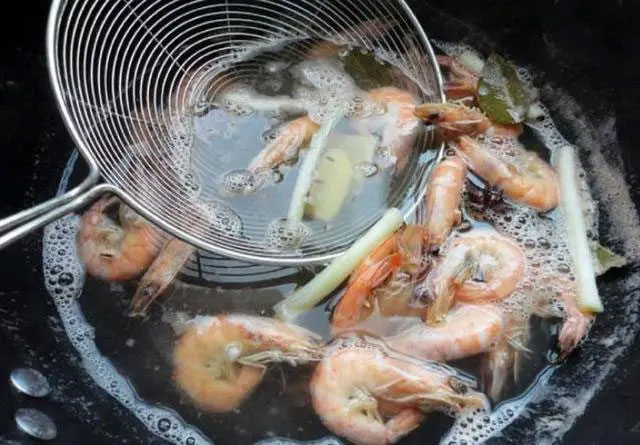
When boiling shrimp, they turn red due to a substance called Astaxanthin, which separates from the protein in the shrimp when exposed to high temperatures.
There is also a layer of foam that forms when boiling shrimp, which consists of internal organ blood and impurities in the shrimp shell and head. Therefore, this foam should be removed.
3 foams to be retained
1. Soy milk foam
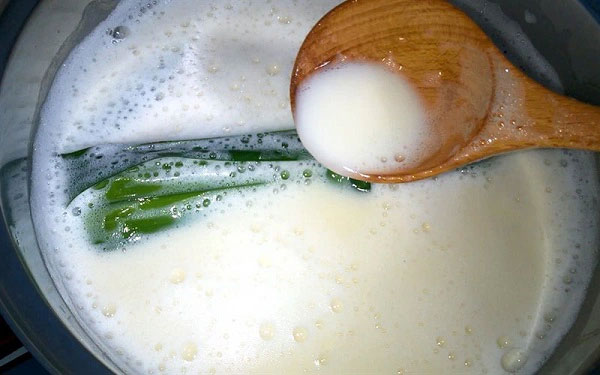
The foam that appears when cooking soy milk is mainly composed of Saponin, a substance that offers several health benefits such as regulating lipid metabolism, reducing cholesterol, antibacterial and anti-tumor properties, anti-blood clotting, antioxidant, and immune regulation. Therefore, the foam of soy milk is beneficial and should not be removed.
2. Foam when boiling tea
The foam that forms when boiling tea contains Saponin, which has strong foaming ability. Research suggests that Saponin in tea has antibacterial effects and can inhibit fat absorption. However, the amount of Saponin in tea foam is not significant, so there is no need to remove this foam.
3. Coffee foam, fruit/vegetable juice foam
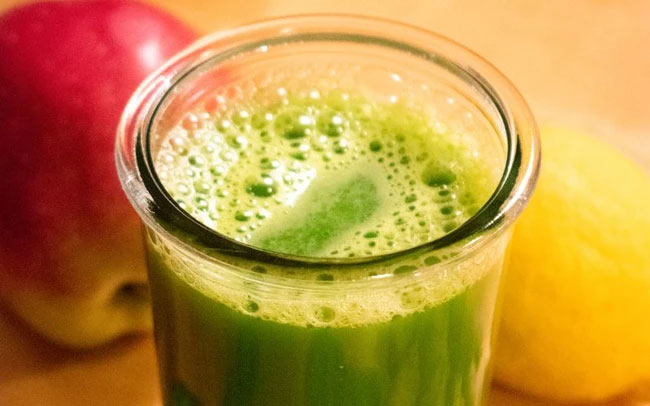
The foam produced when juicing fruits and vegetables is similar to the foam in coffee. It is a nutritious substance that is not harmful to health, so there is no need to worry when you see it appear.

























